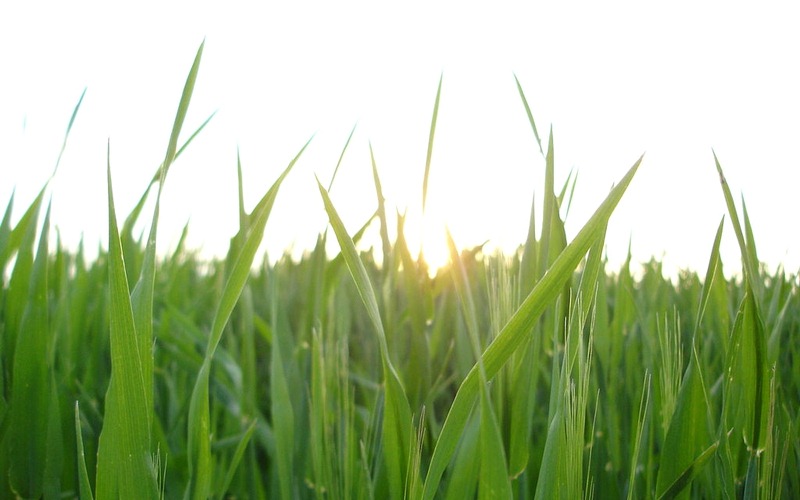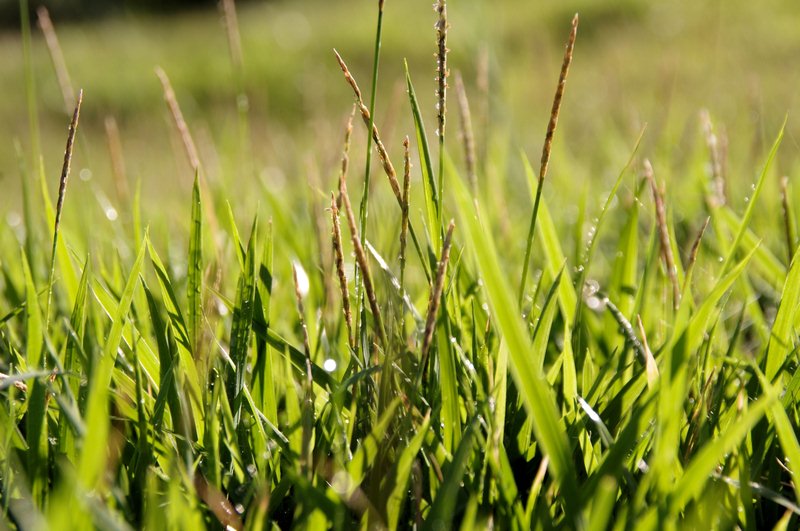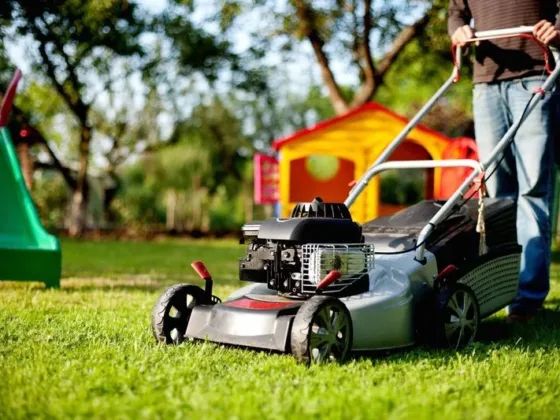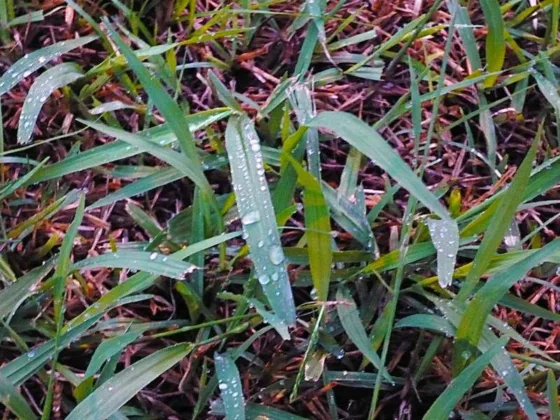Questions that may come up when seeding a new lawn may include, can you put fertilizer and grass seed at the same time in the same area? What is a pre-emergent? Are weed and feed safe to use? Follow these basic planting tips for beautiful results.
Growing grass can be as simple as throwing seed to the wind, but for that perfect lawn, following a few basic guidelines will ensure greater success. Weed and feed and pre-emergent products should be avoided to ensure germination.

Can You Put Fertilizer and Grass Seed at the Same Time in the Same Area?
Everyone loves a lush green lawn free of weeds and bare spots. Seeding a lawn is a simple process that usually requires the help of warm temperatures, sunlight, adequate moisture, and fertilizer. Some fertilizers that you may expect to use during the growing season include an all-purpose, a pre-emergent, or a weed and feed.
Can you put fertilizer and grass seed at the same time on the same area of the lawn? That depends on the fertilizer product. Each type of product is applied at varying intervals according to the product label specifications for a successful new lawn.
Laying sod is another option if you don’t want to wait for your lawn to grow, but it can be much more expensive at about $1 per square foot, as opposed to 1 cent for seeding.
All-Purpose Fertilizers
All-purpose fertilizers can be purchased at most home and garden centers, and are safe to apply at the same time as grass seed. Popular all-purpose fertilizer includes 10-10-10 or 12-12-12. It may be packaged under various names by different suppliers, but you should see this breakdown on the bag.
These numbers represent the percent of nitrogen, phosphorus, and potassium that are contained in the mixture. An application of approximately five pounds of fertilizer per 1,000 square feet of lawn, or one 50-pound bag for every 10,000 square feet of lawn, is appropriate.
Higher concentrations of nitrogen are not recommended unless they are raked into the soil, where they will not burn tender new shoots.
Variances in Soil and Environment
Different types of seed may require higher or lower amounts of nitrogen, phosphorus, and potassium, depending on which area of the world you live in, and the soil type the seed will be planted in.
If you have hard clay soil, an application of Nutrasoft, a commercial soil softener, along with one inch of peat moss worked into the top one inch of soil will help to loosen the lawn, allowing deeper grass root structures to develop. If you are in the US, consult your local County Extension office for the best types of seed and fertilizer for your area.
Read Also:
Pre-Emergents
A pre-emergent is a pelletized or liquid herbicide, that works well to stop the growth of certain broadleaf weed seeds, such as crabgrass, by preventing the seed from germinating and should not be used when newly seeding a lawn.
Any product that will stop a weed or other plant from germinating, can stop a grass seed from germinating by making the seed sterile. Your new lawn may be weed-free, but the amount of grass that sprouts will be disappointing.
Weed and Feed
Weed and feed are formulated to kill weeds including dandelion, chickweed, plantain, spurge, and others, in established lawns. Can you put fertilizer and grass seed at the same time in the same area if you are using a product that kills these types of weeds? Not with this product.
Weed and feed should not be applied to newly seeded areas as it will render the grass seed sterile. Weed and feed are also available with additional ingredients for crabgrass prevention, killing fire ants, and other formulas. Weed and feed contain 2,4-D, dicamba, and MCPP that can be toxic to aquatic life, and should not be used where rainwater runoff into streams or sewer systems may occur.

Tips
Be sure to monitor your lawn for moisture, not allowing the seed to dry out during the first two weeks. A light layer of straw helps to hold in moisture and keeps the wind from moving seeds into piles. Be patient, especially with bluegrass seed which may take up to three weeks to sprout.
Don’t mow newly seeded areas until the grass is nearly four inches tall. Soon you will be enjoying a soft, lush lawn that you can be proud of!
Sources:
- Fertilizing Lawns: Sam Bauer, P.G. Johnson, and D.B. White
- Yard and Garden: Pre-emergence Crabgrass Control – https://www.extension.iastate.edu/news/yard-and-garden-pre-emergence-crabgrass-control
- Photo Credits: Lawn by Ec-hasslau.de – https://commons.wikimedia.org/wiki/File:Ec-hasslau.de_002.jpg










